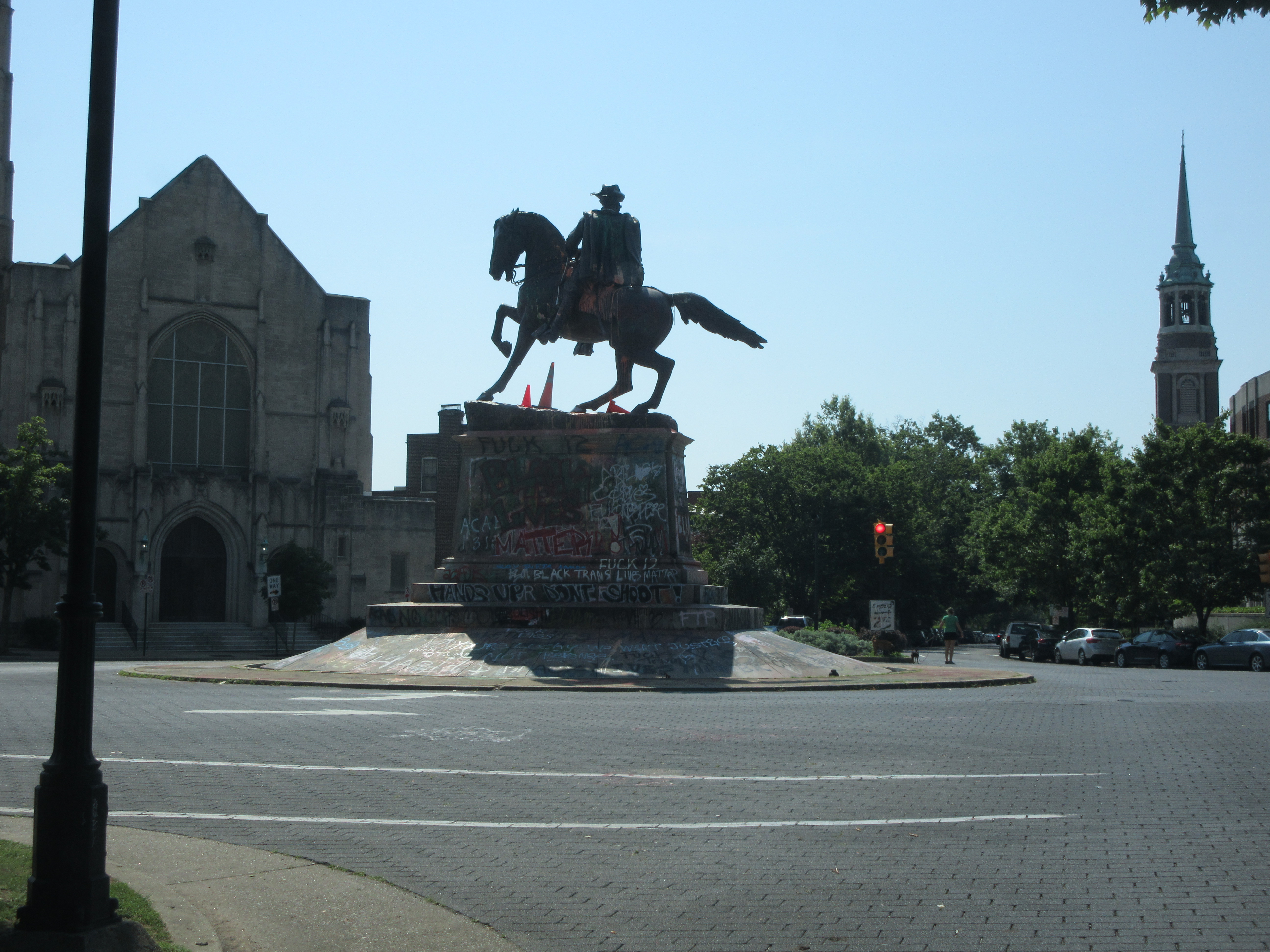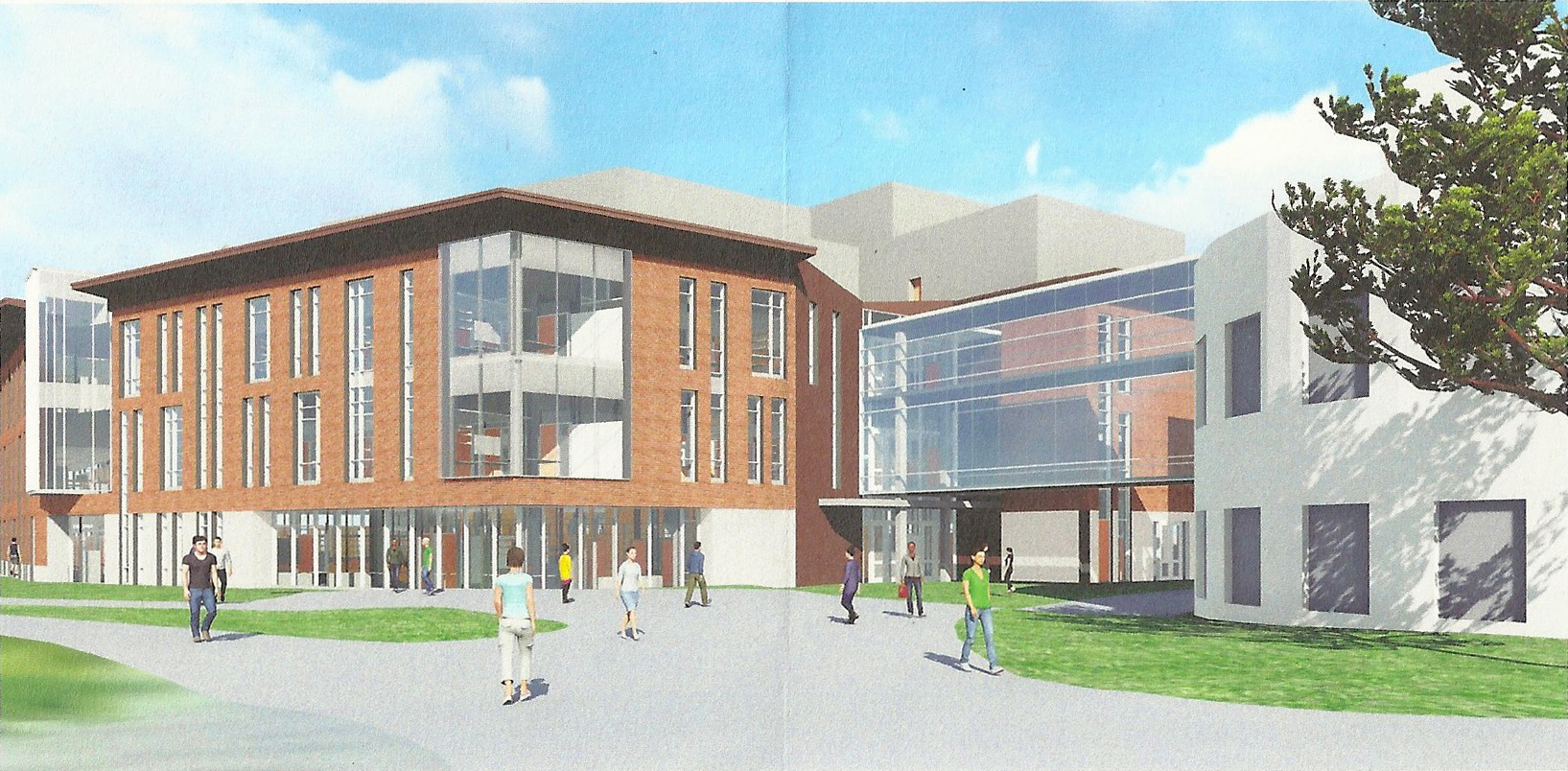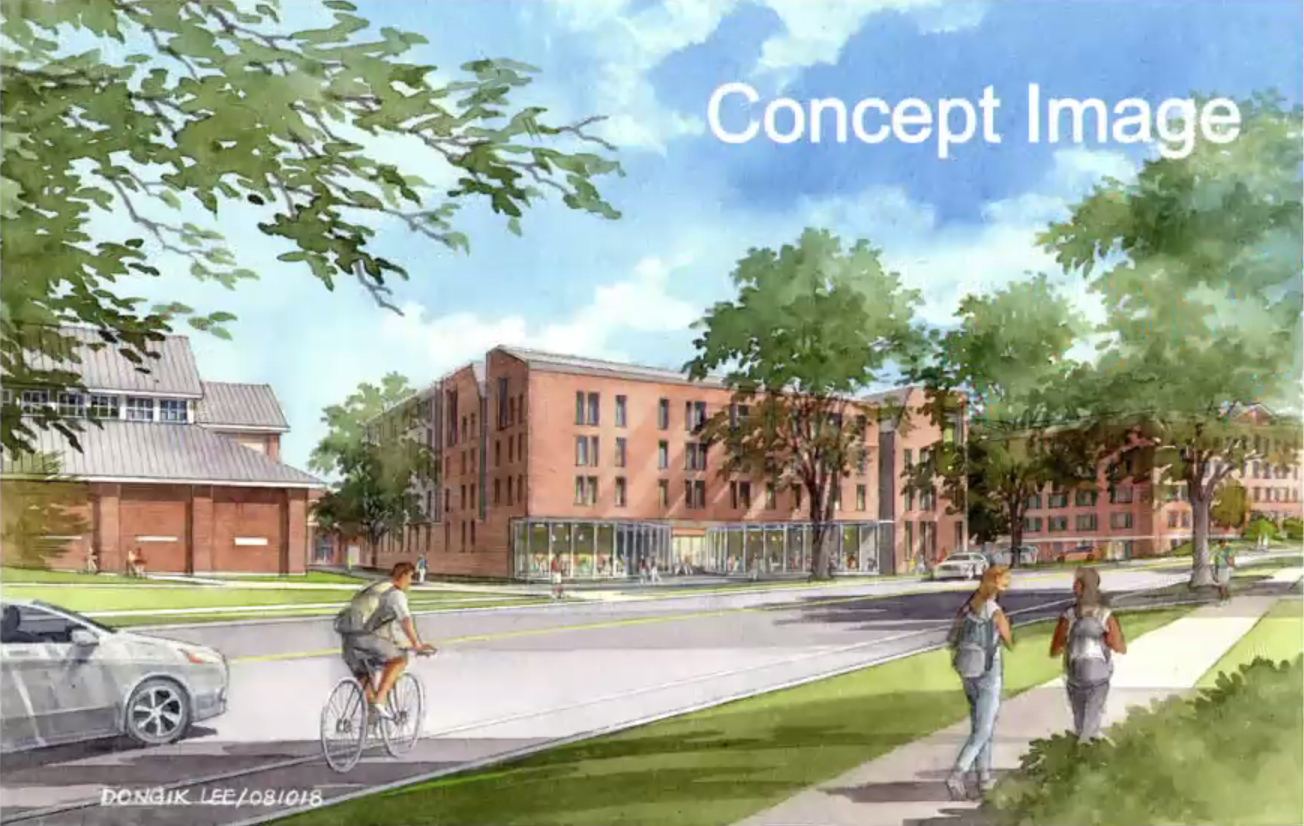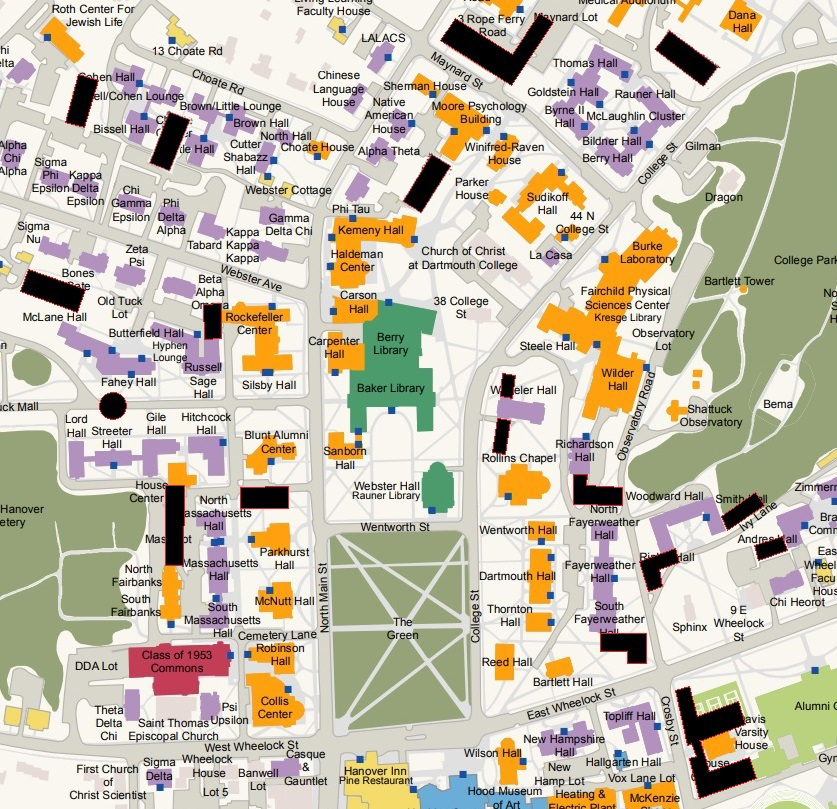Along with ending five varsity sports, the college is closing the Hanover Country Club after nearly 125 years (see the announcement, which features another great Burakian aerial; see also the more detailed Hanlon message and the FAQ).
The golf course has been thought of as a land bank, a reserve for future development, for decades. A thorough college planning process can be expected before anything is built on the golf course.
Here are some suggestions for the plan:
- The historic clubhouse, a 19th-century barn that was extensively remodeled by Professor Homer Eaton Keyes in 1916 and 1917 (a post here), should be preserved, ideally on its current site. It could be expanded and turned into a dwelling.
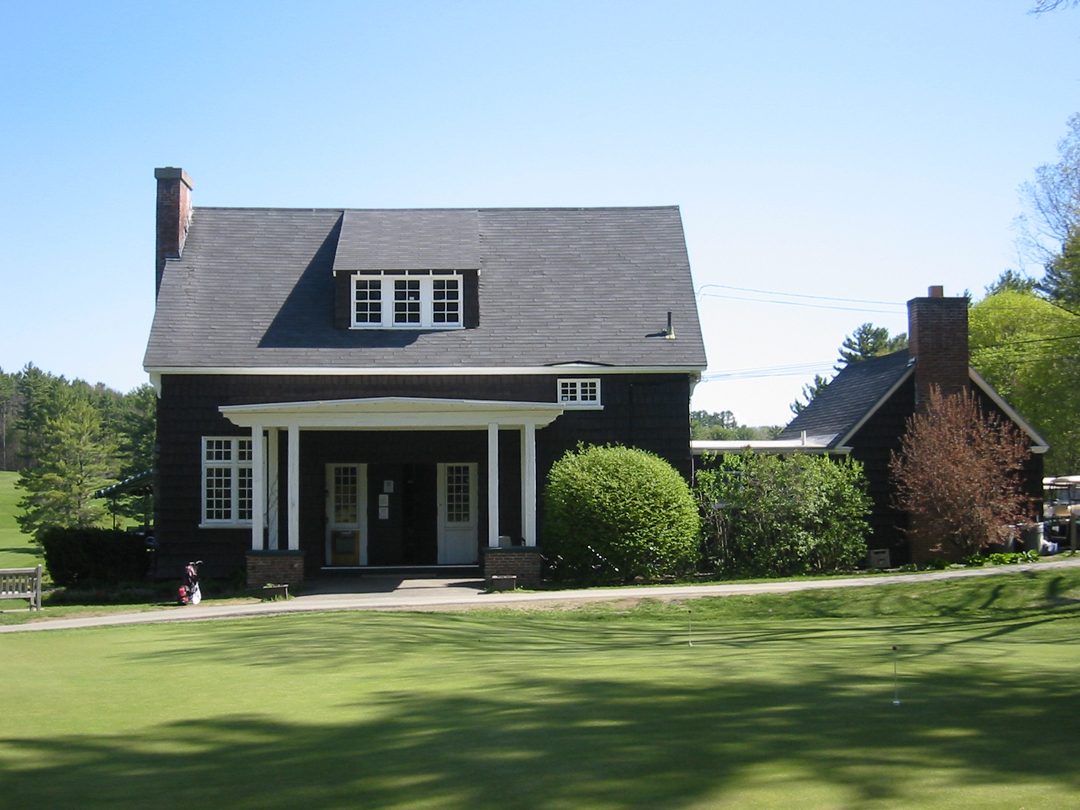
- If the golf course is going to be developed, it should be developed thoroughly. Piecemeal scatterings of parking lots and isolated buildings will only draw suburban sprawl closer to Hanover (a concern expressed in a 2008 post here). The college should plan for an all-encompassing, long-term project that reserves important natural areas, establishes a street grid, and envisions buildings surrounding walkable public spaces.
- More to the point, the development should be urban, not campus-like. The golf course lies outside the 10-minute walking radius of the college, and none of the buildings built there should contain spaces for instruction or student dining or living. These should be mixed-use commercial buildings like the ones found in Hanover’s first downtown, South Main Street. That is the idea presented in a 2012 post here that featured this image:
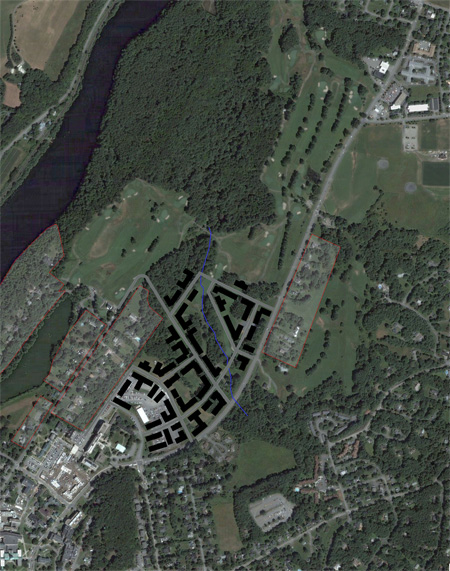
- One exception to the no-campus guideline might be made for a new business school campus. Professional schools are located at the edges of the college, and the Tuck School has looked in the past at new sites along Lyme Road — which is too far away. A new Tuck campus beginning behind the Life Sciences Center and extending up into the golf course could be impressive. Thayer School might be happy to take over the old Tuck buildings.
- While commercial buildings extend northward along Lyme Road, what kind of construction should the college promote on old Hilton Field, the area beyond the DOC House and the Clubhouse? To bring some income, provide needed housing for academic families, and appease the existing neighbors, the college might want to consider building houses here in the character of the historic neighborhood.
